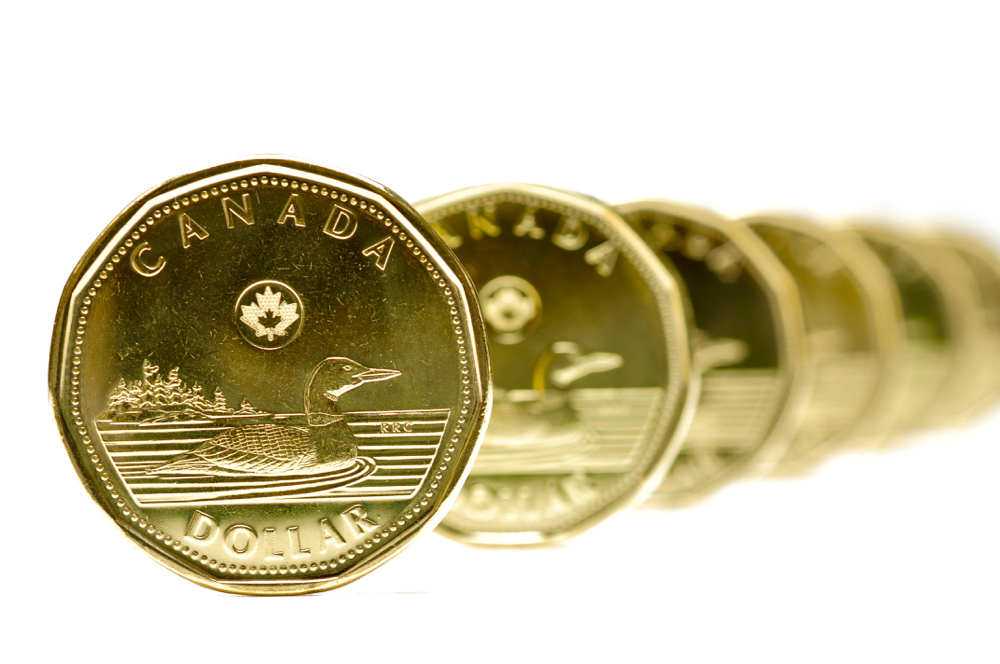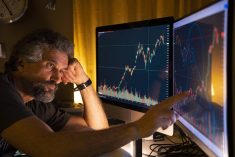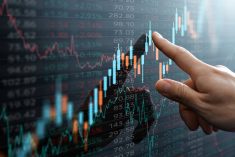Developed economies operate under a democratic, capitalist, free-market system. Developing countries often have socialist, autocratic, controlled-market systems — although many are becoming freer. It seems obvious to me which system is superior, yet the continuing tug on free-market economies is towards socialism, because “profit” is considered a dirty word implying that one party took advantage of another. Potential to profit also entails the potential for loss, which seems forgotten by those tugging society towards socialism.
The basic premise of free markets is that millions of people making their own decisions for their own benefit is more efficient than bureaucrats deciding what is best. Free markets drive costs down and quality up, continually driving for greater efficiency. Efficiently utilizing scarce resources for maximum output should be at the core of environmentalism but instead the profit motive is vilified.
Read Also

Cows in the cloud
Beef cattle herd management software has become an essential tool over 15 years for Lonesome Dove Ranch in Saskatchewan.
As a stock investor I continually look for companies that are making a steady stream of growing profits and I feel if more citizens were actively investing, the profit motive would be better appreciated.
In my last column I mentioned selling my oil stocks in 2008. Unfortunately, I invested (speculated) in smaller, less-established companies in the alternative energy field. I still think this area has a bright future but as with all start-up industries, it’s difficult to identify long-term winners.
Some examples of my efforts included ZENN Motor. ZENN stood for Zero Emission No Noise. It went broke and I lost only $1,229. I speculated in a number of solar companies. SunEdison rocketed and plummeted, going broke in 2016. I lost $1,778. My biggest bust was the largest solar company at the time, Chinese based SunTech Power Holdings. It went broke in 2013 and I lost $13,481. Ouch!
Batteries are critical to alternative energy so I researched battery manufacturers. I speculated in a company called Energy Conversion Devices and on my first foray made $7,036. But on my second attempt to ride the same horse I lost $11,464. It went broke too. Ultralife Corp. still exists but I lost $2,661 during my holding period. I did OK with Enersys making $1,246, and it has tripled since I sold.
Geothermal is perhaps the best alternative energy source. WaterFurnace made me $1,820 when it was taken over. Ormat Technologies is the largest worldwide geothermal company. I made $1,928 during my holding period and it is up an additional 50 per cent since 2015.
My best success was U.S. utility, Florida Light and Power which changed its name to Nextera Energy which is focused on generating electricity from renewable sources. I made 2.5 times my money during my holding period for a gain of $17,538. I sold in 2016, when its valuation seemed expensive, but it has gone up another 2.5 times. It looks very expensive now with an earnings yield of just 2.8 per cent.
I still own shares in a few alternative energy companies. I have done reasonably well with First Solar, the current largest U.S.-based solar manufacturer and I own shares in Cameco, a Canadian uranium miner. SQM is a Chilean company involved in fertilizer and lithium production, and Albemarle is another large lithium producer. Capital Power is a small Alberta-based renewable electricity generator that I like.
There were others, both positive and negative. I learned that speculating on start-ups isn’t my cup of tea. Too many carcasses!
However, millions of investors/speculators with strong profit motives will willingly put their money into the next big thing. They will accept many losses, but a few will achieve outstanding success, and be vilified for profiting. Alternative energy solutions will likely be birthed where free markets reward innovators; where the word “profit” is a less dirty word.
















